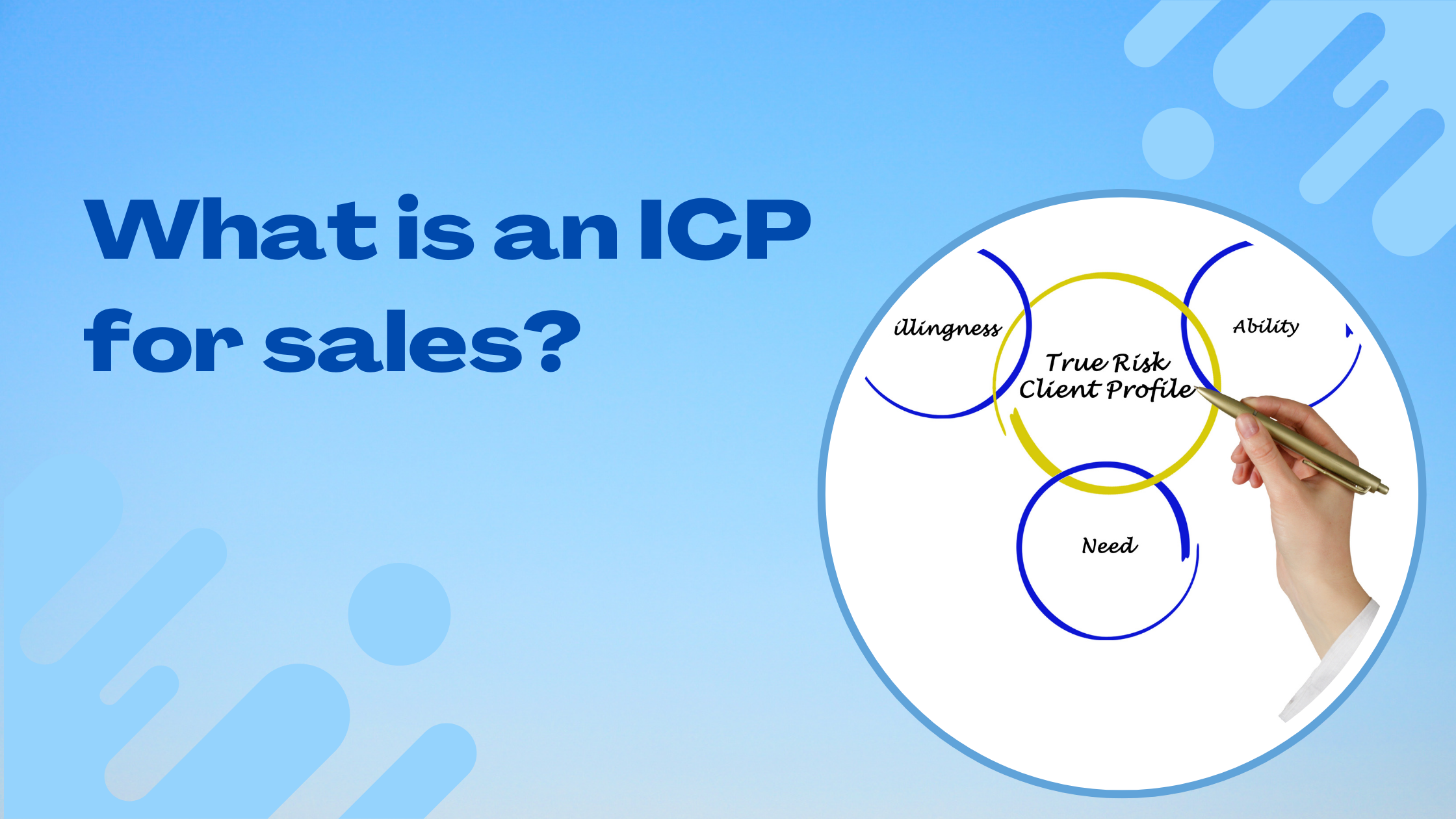Mega S&OP Guide to Improve Your Sales and Operations Planning

-
Sales and Operations Planning (S&OP) is a process that helps companies to align their sales and marketing efforts with their operations and production capabilities. By bringing together all relevant stakeholders, including sales, marketing, finance, and processes, S&OP enables organizations to make informed decisions about their future direction and better coordinate their activities across the entire organization. This guide will explore the fundamental principles of S&OP and provide practical tips for improving your S&OP process.
-
What is Sales and Operations Planning?
At its core, S&OP is about balancing demand and supply. It involves forecasting future demand for a company's products or services and then aligning its resources (including production, inventory, and staffing levels) to meet that demand. By doing so, companies can improve their efficiency, reduce costs, and increase customer satisfaction.
-
Methods of Sales and Operations Planning
-
There are several different methods that organizations can use to implement Sales and Operations Planning (S&OP). Some standard techniques include:
- Top-down planning: This method involves setting high-level targets for sales, production and other key metrics and then working backward to determine the necessary actions to achieve those targets. This method is often used when there is a high degree of uncertainty about future demand or supply, as it allows for flexibility in the face of changing circumstances.
- Bottoms-up planning: This method involves starting with detailed, operational-level data and working upwards to create an overall plan. This method is often more accurate, as it is based on more granular data, but it can be more time-consuming and less adaptable to market changes.
- Integrated business planning (IBP): This method combines the S&OP process with other business planning techniques, such as financial planning, to create a holistic view of the organization. IBP allows organizations to align their strategies across different functions better and make more informed decisions about allocating resources
- Lean planning: This method is based on lean manufacturing principles and involves identifying and eliminating waste in the S&OP process. Poor planning focuses on streamlining processes and reducing lead times to create a more efficient and agile organization.
Ultimately, the best method for Sales and Operations Planning will depend on the specific needs and circumstances of the organization. It may be necessary to experiment with different approaches to find the one that works best for your organization.
-
Components of Sales and Operations Planning
-
There are several critical components to an effective S&OP process:
- Demand forecasting: involves estimating future demand for a company's products or services. It can be done using various techniques, including market research, customer surveys, and data analysis.
- Supply forecasting: This involves estimating the availability of resources (such as raw materials, labor, and equipment) needed to meet demand.
- Capacity planning:consists of determining the production and staffing levels required to meet demand while considering factors such as lead times, production schedules, and capacity constraints.
- Inventory management: This involves determining the optimal level of inventory needed to meet demand, considering factors such as lead times, safety stock, and carrying costs.
- Collaboration and communication: S&OP involves bringing together various stakeholders from across the organization, including sales, marketing, finance, and operations. Effective communication and collaboration ensure everyone works towards a common goal.
-
Benefits of Sales and Operations Planning
-
There are many benefits to implementing an effective S&OP process, including the following:
- Improved efficiency: By aligning demand and supply, S&OP can help companies to reduce waste and inefficiencies, leading to cost savings.
- Increased agility: By having a clear, long-term view of demand and supply, companies can be more agile in responding to changes in the market.
- Enhanced customer satisfaction: By aligning their operations with customer demand, companies can improve delivery times and reduce stock-outs, leading to increased customer satisfaction.
- Improved financial performance: By optimizing their resources, companies can improve their profitability and increase shareholder value.
-
Tips for Improving Your Sales and Operations Planning
-
Here are some practical tips for improving your S&OP process:
- Involve all relevant stakeholders: S&OP involves the whole organization, so it is essential to involve all relevant stakeholders, including sales, marketing, finance, and operations. By bringing everyone together, you can ensure that all perspectives are taken into account and that there is a shared understanding of the goals and priorities of the S&OP process.
- Use reliable data: S&OP relies on accurate and reliable data, so it is essential to ensure that you are using high-quality data sources. It may involve investing in better data collection and analysis tools or working with external partners to access your needed data.
- Keep the process flexible:The S&OP should be flexible enough to adapt to changing circumstances. It may involve regularly reviewing and updating your demand and supply forecasts and being prepared to make mid-course corrections as needed.
- Monitor and review performance: It is essential to periodically monitor and review the version of your S&OP process to ensure that it meets your organization's goals. It may involve tracking key performance indicators (KPIs) such as forecast accuracy, on-time delivery, and inventory levels. By regularly reviewing your performance, you can identify areas for improvement and make any necessary adjustments.
- Use technology to your advantage: Many tools and technologies available can help streamline and automate the S&OP process. These may include demand forecasting software, supply chain management systems, and data visualization tools. By leveraging these technologies, you can improve the efficiency and accuracy of your S&OP process.
-
Conclusion
In conclusion, Sales and Operations Planning (S&OP) is a critical process that helps companies to align their sales and marketing efforts with their operations and production capabilities. By bringing together all relevant stakeholders, S&OP enables organizations to make informed decisions about their future direction and better coordinate their activities across the entire organization. Following the principles outlined in this guide and using the available technologies can improve your S&OP process and drive better business outcomes.
















































































